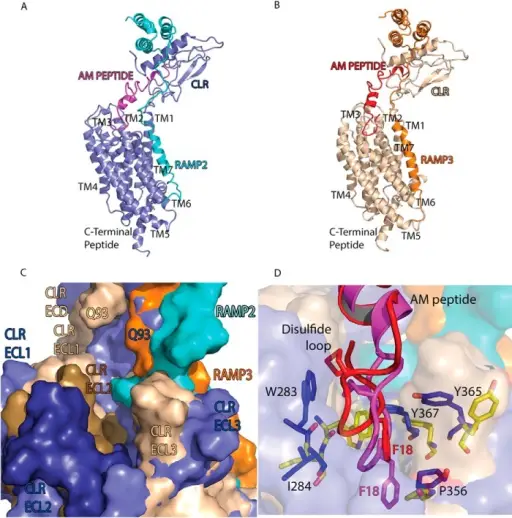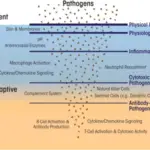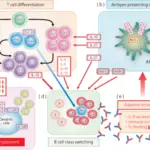Pathogen-associated molecular patterns Pathogen associated molecular patterns (PAMP) are molecules with conserved motifs that are associated with pathogen infection that serve as ligands for host pattern recognition molecules such as peptidoglycan, lipoteichoic acids and mycolic acid.
Damage-associated molecular patterns are molecules within cells that are a component of the innate immune response released from damaged or dying cells due to trauma or an infection by a pathogen.
Toll-like receptors a class of pattern recognition receptors (PRRs) that initiate the innate immune response by sensing conserved molecular patterns for early immune recognition of a pathogen
NOD-Like receptors (a subset of pattern recognition receptors) are a specialized group of intracellular proteins that play a critical role in the regulation of the host innate immune response.
Inflammasomes are innate immune system receptors and sensors that regulate the activation of caspase-1 and induce inflammation in response to infectious microbes and molecules derived from host proteins.
C-type lectin receptors (CLRs) are a large family of transmembrane and soluble receptors that contain one or more carbohydrate-recognition domain able to recognize a wide variety of glycans on pathogens or on self-proteins.
Retinoic acid-inducible (RIG) like receptors are a type of intracellular pattern recognition receptor involved in the recognition of viruses by the innate immune system.



